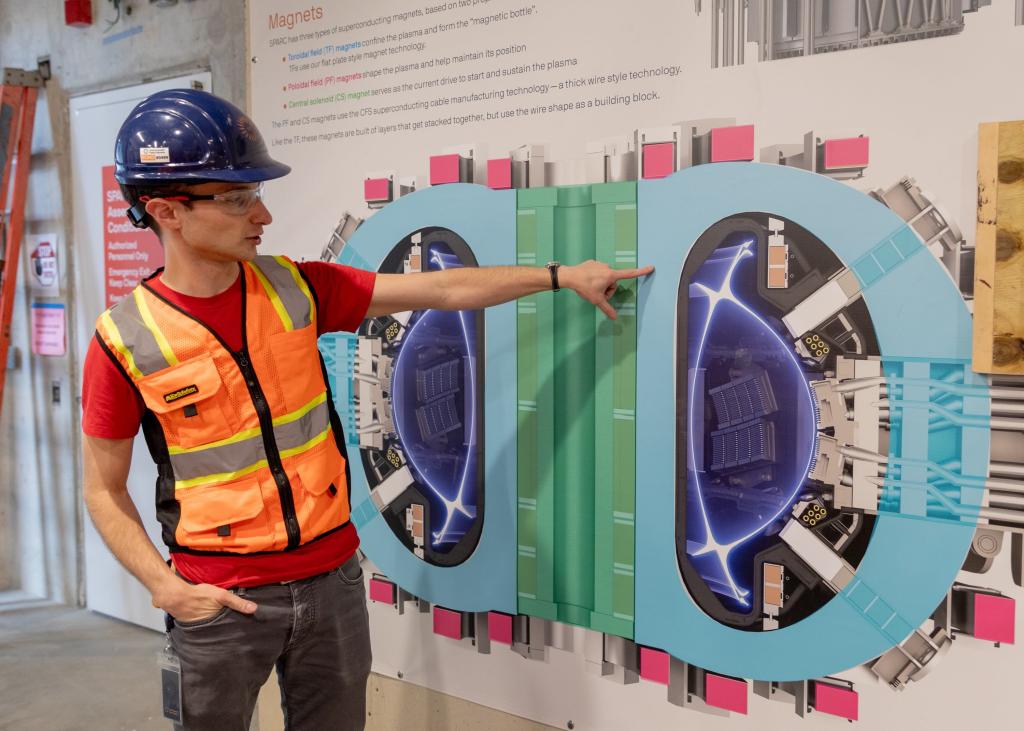Baiju Bhatt, co-founder of the financial platform Robinhood, has embarked on an ambitious venture with his new startup, Aetherflux. This initiative aims to revolutionize energy distribution by harnessing solar power from space and transmitting it to Earth using advanced laser technology.
A Vision Rooted in Personal History
Bhatt’s interest in space and technology is deeply personal. His father, a former research scientist at NASA’s Langley Research Center, instilled in him a fascination with space exploration. This familial connection has significantly influenced Bhatt’s entrepreneurial journey, leading him from the financial sector to the forefront of renewable energy innovation.
The Genesis of Aetherflux
In March 2024, Bhatt stepped down from his role at Robinhood to focus on Aetherflux, a startup dedicated to developing space-based solar power solutions. The company’s mission is to deploy a constellation of satellites equipped with solar panels that collect energy in space and transmit it to Earth via infrared lasers. This approach aims to provide a consistent and renewable energy source, overcoming the limitations of terrestrial solar power, which is affected by weather conditions and the day-night cycle.
Innovative Approach to Space-Based Solar Power
Traditional concepts of space-based solar power have often involved large, geostationary satellites transmitting energy to fixed points on Earth using microwave technology. These projects have faced challenges due to their scale and complexity. Aetherflux proposes a different strategy: deploying numerous smaller satellites in low Earth orbit (LEO). Each satellite would be equipped with solar arrays, batteries, and near-infrared lasers to transmit energy to ground stations. This method offers several advantages:
– Scalability: The use of multiple smaller satellites allows for incremental deployment and expansion of the network.
– Flexibility: Satellites in LEO can target various ground stations, providing energy to multiple locations as needed.
– Cost-Effectiveness: Smaller satellites are less expensive to build and launch compared to massive geostationary platforms.
Technical Challenges and Milestones
Despite its promising approach, Aetherflux faces significant technical hurdles. Transmitting energy from space to Earth via lasers requires precise targeting and efficient energy conversion to minimize losses. The company is currently working towards launching a demonstration satellite by late 2025 or early 2026. This mission aims to validate the feasibility of their technology by successfully transmitting solar energy from orbit to a ground station.
Funding and Strategic Partnerships
Aetherflux has garnered substantial financial support, raising $60 million to date. Investors include Breakthrough Energy Ventures, Andreessen Horowitz, New Enterprise Associates, and notable individuals such as Robinhood co-founder Vlad Tenev and artist Jared Leto. This funding will support the development and testing of the company’s technology, as well as the initial satellite deployment.
Potential Applications and Impact
The successful implementation of Aetherflux’s technology could have far-reaching implications:
– Energy Access: Providing reliable power to remote or disaster-stricken areas where traditional infrastructure is lacking or damaged.
– Military Operations: Supplying energy to forward operating bases and other military installations in challenging environments.
– Commercial Use: Offering a renewable energy source for industries with high power demands, such as data centers and manufacturing facilities.
Aetherflux in the Context of Renewable Energy
The concept of space-based solar power is not new; it has been explored in science fiction and theoretical studies for decades. However, advancements in satellite technology, laser systems, and energy conversion have brought the idea closer to reality. Aetherflux’s approach represents a significant step forward in making space-based solar power a viable component of the global energy mix.
Conclusion
Baiju Bhatt’s transition from fintech to renewable energy through Aetherflux exemplifies a bold entrepreneurial spirit aimed at addressing one of humanity’s most pressing challenges: sustainable and reliable energy access. While the path to realizing space-based solar power is fraught with technical and logistical challenges, the potential benefits make it a pursuit worth watching. If successful, Aetherflux could play a pivotal role in shaping the future of energy distribution on a global scale.



